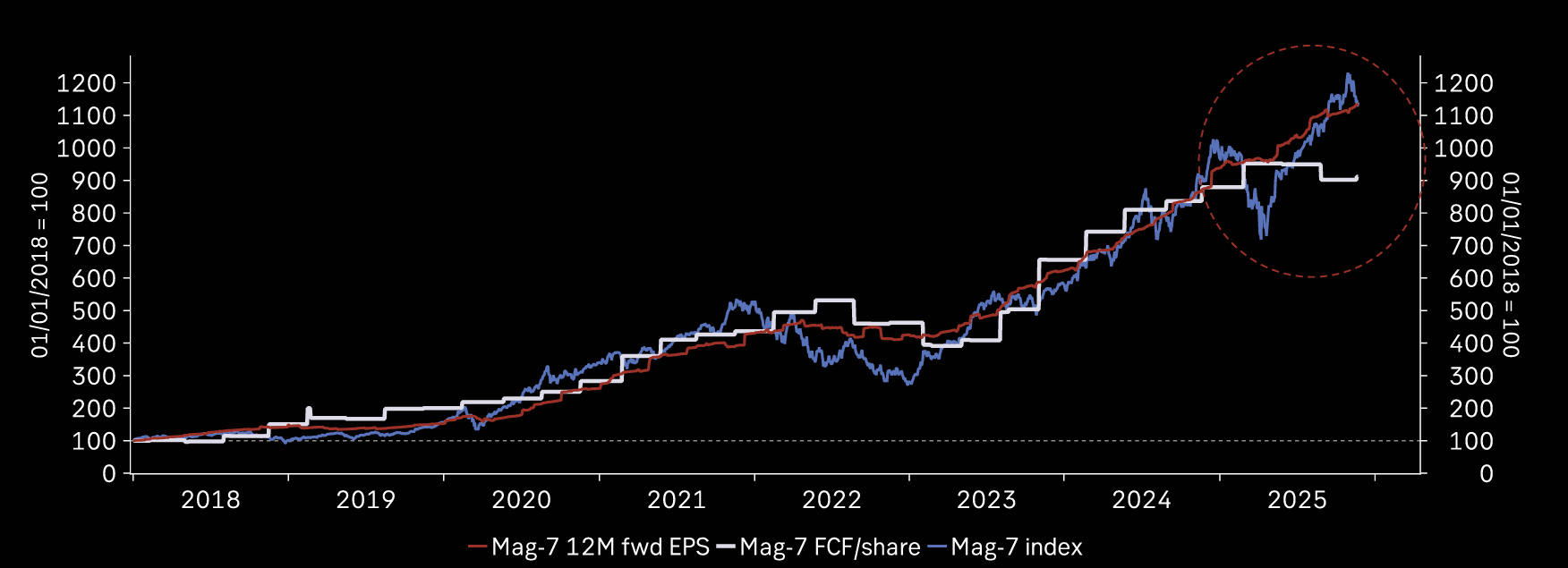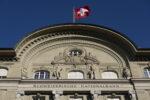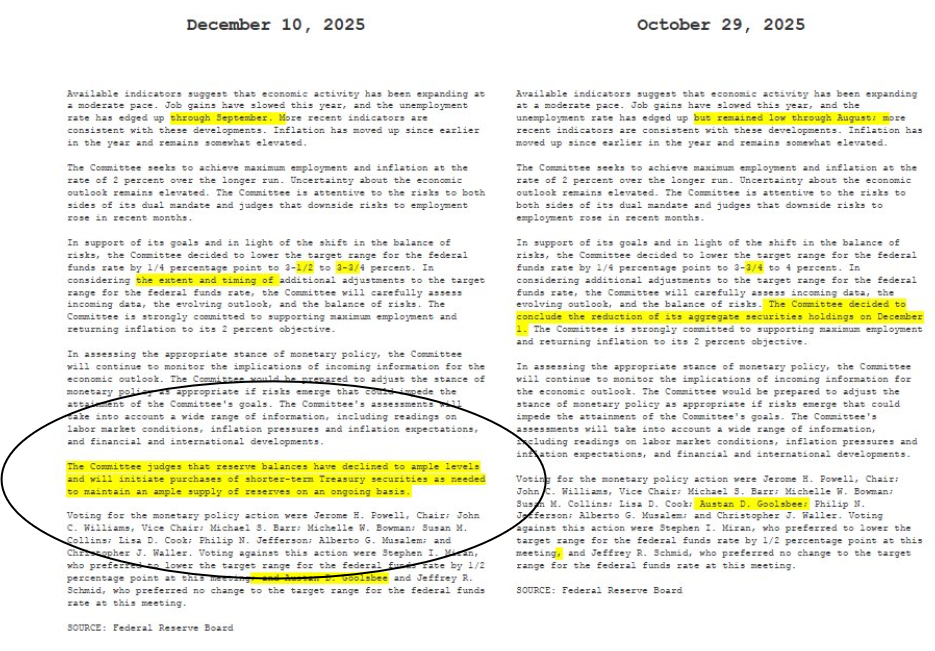Overview: The dollar’s downside correction continues today, helped by hawkish signals from the Reserve Bank of Australia and unnamed sources who have played up the chances of a 50 bp hike by the European Central Bank on Thursday. Asia Pacific equities were mixed, and mostly lower after the losses in the US yesterday. The prospect of a more aggressive ECB is weighing on European equities. The Stoxx 600 is slightly lower after rallying 2.7% in the past two sessions. US futures are higher. Key levels to watch are Friday’s high for the S&P 500 and NASDAQ (~3796 and 11280, Friday’s high and the bottom of the open gaps, respectively). The 10-year US Treasury is flattish near 2.98%. European benchmarks are narrowly mixed, but the peripheral premiums have narrowed slightly. The Scandis are leading the move against the dollar, gaining around 1.5% today. The Antipodeans are up about 1.25%. The Canadian dollar is posting the smallest gain among the majors and is up about 0.3%. Emerging market currencies are all higher, led by central European currencies, except the Turkish lira, which is off about 0.6%. The dollar’s pullback may be helping gold steady. It has been off for the past five weeks. It is up around $5 near $1714.50. September WTI rallied 5.1% yesterday, the most two months and is slightly lower today. US natgas is edging higher after rallying almost 13% in the past two sessions. The heatwave has spurred talk that the US may declare a weather emergency this week. Europe’s natgas benchmark is up about 2.5% after firming a little yesterday. China’s Covid flareup took the steam from iron ore prices. After rallying nearly 4.4% yesterday, it is off almost 4% today. Copper is also seeing yesterday’s gains pared. September copper is off 1.25% after a 3.5% rally yesterday. September wheat snapped a five-day drop yesterday, rising 4.6%. It is offered today and is down about 0.4%.
Asia Pacific
Japan reports its June trade figures first thing tomorrow. In addition to the divergence in monetary policy, as the BOJ stands pat, Japan is also experiencing a marked deterioration its terms of trade. Energy and food prices have soared and given that they are priced in dollars for the most part, the weakness of the yen exacerbates the challenge. Consider this: Japan ran a JPY1.67 trillion deficit in 2021. Through the first five months of this year, Japan has reported a trade shortfall of JPY6.5 trillion. The May deficit alone (JPY2.39 trillion) was bigger than the deficit for all of 2021. Japan recorded a small trade surplus in 2020, but in 2019 its deficit was on par with last year's shortfall. In 2018, the deficit was a little smaller around JPY1.22 trillion.
Minutes from Australia’s central bank meeting earlier this month coupled with comments from Deputy Governor Bullock spurred speculation of a more aggressive rate hike cycle. The adjustment was not Q3, where the implied yield of cash rate futures edged up a couple basis points to a little more than 1.05%, but in Q4, where the implied yield of the December 2022 contract jumped more than 25 bp over 2.05%. The Australian dollar fell to a two-year low near $0.6680 last week, and to reached almost $0.6900. The month's high set on July 1 was slightly higher (~$0.6905).
Chinese officials appear to recognize the challenge to households as it bolsters infrastructure spending. Two broad steps are being taken. First, yesterday, Beijing became the latest large city to offer its residents coupons to bolster spending. An estimated CNY100 mln (almost $15 mln) for restaurants (dine-in and takeout) will be issued. Beijing also made special coupons available for the elderly and disabled. At least two dozen provincial-level governments have issued coupons in recent months. Second, the government may give temporary relief to borrowers who have protested making payments for unfinished homes without incurring penalty. Some CNY2 trillion (~$300 bln) of construction has been stalled. China's property sector seemed to be large proportionately than the US was at the peak in 2008.
The US dollar is lower against the Japanese yen for the third consecutive session. If sustained, it would be the greenback's longest losing streak since March. That said, the dollar is still in last Thursday's trading range (~JPY137.30-JPY139.40). Support was found in the European morning ahead of JPY137.60. Goosed by the hawkish minutes and comments, the Australian dollar jumped to almost $0.6900. It has not closed above the 20-day moving average since June 8, and it found today slightly above $0.6840. The (38.2%) retracement of the Aussie's slide since the $0.7280 high in early June is found a touch above $0.6910. However, the earlier surge has left the intraday momentum indicators extremely stretched. The greenback slipped a little against the Chinese yuan, but the real takeaway is consolidation in the narrowest range in a week (~CNY6.7396-CNY6.7534). The exchange rate remains in yesterday's range, which is also, like the yen, inside last Thursday's range (~CNY6.7235-CNY6.7685). The PBOC set the dollar's reference rate at CNY6.7451 today. The average estimate in Bloomberg's survey was for CNY6.7472. The gap represents the strongest yuan is since July 1.
Europe
An unattributed newswire story claims that a 50 bp move on Thursday is still being debated by ECB. That inflation has surged is not new news, and the "leak" during a quiet period ahead of the meeting has been embraced at face-value. When facing such "leaks," which are not uncommon, one must always ask the purpose of the leak, and "false flags" also occur. Perhaps in exchange for a better Transmission Protection Mechanism, a 50 bp hike is being discussed. The swaps market has increased the odds of a 50 bp move to almost 50/50, which is a new peak. The euro, which had fallen to $0.9950 last week, and spurred last rites type of commentary, briefly pushed above $1.0250, almost a two-week high.
The political jockeying for position is threatening to fragment the Five-Star Movement, which arose during the Great Financial Crisis and is now the large party in parliament. Di Maio, who is the Foreign Minister defected from the M5S last month to form his own group. A group of deputies, estimated to be between 30 and 50 are reportedly negotiating to break from Conte. However, Conte had stressed over the weekend that he was not leaving the coalition. The League (Salvini) and Berlusconi (Forza Italia) appear not to be breaking with Draghi as much as with Conte. Newswires have both officials saying they do not want to be in a government with Conte. Draghi is scheduled to address parliament tomorrow and both houses reportedly will hold a confidence vote afterward. Meanwhile, Italy needs to pass reforms that would free up 200 bln euros in aid from the EU. Receiving such a largess from the EU may also help sap the anti-EU efforts sometimes seen from some political groups.
There are two developments in the UK to note, outside of punishing heatwave. First, the labor report showed jobs growth accelerated. In the three months through May, the UK created 296k jobs, a marked acceleration from the 177k in the three months through April. The jobless claims fell 20k in June after a revised 34.7k in the May (initially -19.7k). The unemployment rate was steady at 3.8%. Average weekly earnings (three-month/three-month) slowed to 6.2% from 6.8%, which is the slowest since February. Excluding bonus payments, the weekly earnings edged up, as expected, to 4.3% from 4.2%. Tomorrow, the UK reports June inflation. The headline rate is expected to have accelerated to 9.3% from 9.1%. Second, another round of voting for the head of the Conservatives will be held later today. In yesterday's round, Tugendhat was eliminated. Some of his 38 votes may go to Sunak in today's round, which likely lift the former Chancellor above the 120 votes needs to ensure he is in the face-off. Badenoch received the next to least votes (58) and could be eliminated in today's round. This suggests a more intense battle between Truss and Mordaunt. The recent exchanges have been so personally vicious, giving the opposition plenty of fodder that Sunak and Truss pulled out of today's debate, leading to it being canceled.
A short-covering rally in the euro extended the single currencies recovery. It was bid above $1.0250. It met the (38.2%) retracement objective of the loss since the late June high near $1.0615. That retracement came in a little above $1.02. The next retracement (50%) and the 20-day moving average are found in the $1.0285-$1.0295 area. The intraday momentum indicators are over-extended. Initial support is seen around $1.02, yesterday's high. Sterling has not made it yet above yesterday's high (~$1.2035). The 20-day moving average, which it has not traded above since June 10 is closer to $1.2050. Still, intraday momentum indicators are stretched and a break of $1.1980 could confirm a high is in place.
America
Apple seemed set to join an increasing number of companies that have announced plans to cut investment and slow hiring, according to reports. Microsoft, Telsa, and Meta have announced job cuts. Apple's earnings are due next week (July 28). In April, Apple announced it was slowing hiring in some of its retail outlets. Meanwhile, TSMC (Taiwan Semiconductor Manufacturing Company), the largest and most valuable semiconductor company in the world, announced last week that it was cutting back on its investment plans. Samsung recently reported that its profits were stalling and is considering cutting prices later this year. Last month, Micron's projection of Q3 sales was 20% lower than expected. Some industry analysis suggest memory chips may fall by 10% over the next few months. Other reports estimate that graphic chips prices have been halved since the end of last year.
Yesterday's three-and six-month bill auctions were better received than last week's, which had produced a tail (difference between the yield in the when-issued market and the high yield of the auction). Last week's Fed data showed that US bank holdings of Treasury and Agency paper, as a share of overall assets fell to their lowest of the year at 20.23%. At the start of the year, the ratio was a little more than 51%. Commercial and industry loans have been rising for nearly six months and now account for almost 2/3 of deposits. Meanwhile, the 10-year US breakeven rose to a new high for the month just shy of 2.42%. The low since last August was set on July 12 near 2.27%. Treasury will be selling 10-year TIPS on Thursday. June housing starts on tap today. They have been in a sawtooth pattern, alternating monthly between increases and declines this year. Starts fall by 14.4% in May, the most since Covid stuck. However, May's 1.549 mln (seasonally adjusted annual rate) space seen in May is still above levels seen between 2007 and 2019. It fell below the 12-month moving average in May for the first time since last September/October, which itself was the first time since June 2020. Rather than be undesirable or threatening a recession, the slowing in starts is a sign that tightening of financial conditions is producing some effect. Canada's June housing starts were reported yesterday, and they fell 8.3% to 273.8k (saar). This is the second highest pace this year and it remains above the 12-month average (~260k).
The US dollar is consolidating its three-day swoon against the Canadian dollar, which has seen it drop from nearly CAD1.3225 to CAD1.2900 yesterday. The reversal of the risk appetites as US equities gave up their initial gains (second consecutive gap higher opening) saw the Canadian dollar gains pared quickly and the greenback returned to almost CAD1.30. So far today, it is in about a 25-30 tick range on either side of CAD1.2960. Equities may offer the best directional cue. The dollar has pulled back against the Mexican peso. It was above MXN21.00 last Thursday and yesterday, traded down to around MXN20.3315. It is fraying the 20-day moving average in the European morning (~MXN20.37). A break of MXN20.29 could spur a move into the support band seen between MXN20.10 and MXN20.20.
Full story here Are you the author? Previous post See more for Next post
Tags: #USD,China,Currency Movement,ECB,Featured,Italy,Japan,newsletter,RBA,U.K.









































